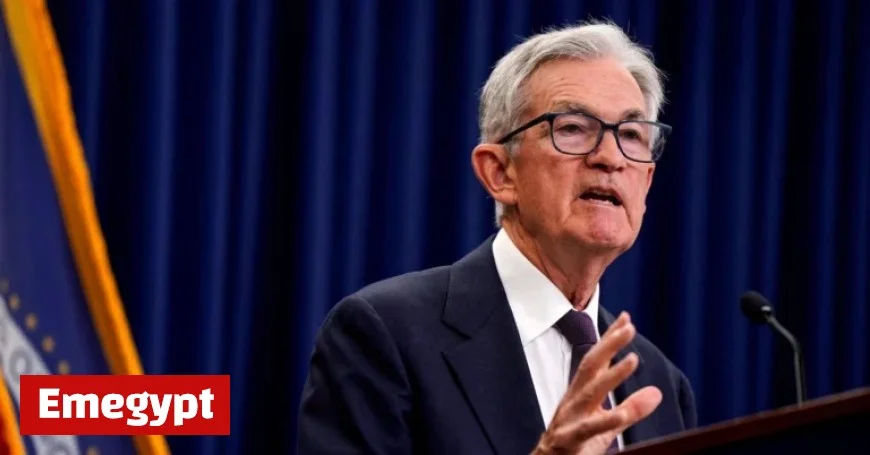Fed’s Powell Discusses Economic Challenges Balancing Growth Risks with Jobs and Inflation Concerns

The Federal Reserve faces significant challenges balancing economic growth with concerns about jobs and inflation. In a recent speech, Chair Jerome Powell highlighted these challenges amid evolving tariff and immigration policies. The speech came just before the Fed’s planned meeting on October 28-29.
Challenges in Balancing Growth and Inflation
Investors anticipate a quarter-point interest rate reduction, reducing it to a range of 3.75% to 4.00%. This move follows previous cuts aiming to handle the mixed economic signals. Federal Reserve policymakers face a complex economic landscape with conflicting forces at play, according to Gregory Daco, Chief Economist at EY-Parthenon. Amid these complexities, the Fed is striving to maintain an optimal balance between supporting the job market and curbing inflation.
Impact of Tariffs and Reduced Immigration
Daco noted that tariffs and reduced immigration are constraining economic growth. Despite this, significant investments in AI are occurring, creating a dynamic interplay of forces within the economy. The resolution of these tensions will be crucial in guiding the Fed’s future decisions.
Conflicting Economic Signals
- The Atlanta Fed’s GDPNow model estimates nearly 4% GDP growth for the third quarter.
- ADP reports indicate job losses in September, highlighting a sluggish labor market.
Fed Governor Christopher Waller emphasized the contradiction between robust GDP growth estimates and weak job market data. He supports cautious, quarter-point rate reductions to safeguard the job market without compromising inflation control.
Outlook on Economic Indicators
Due to a government shutdown, essential data like the September jobs report is delayed. This has led officials to rely on private-sector indicators, which suggest weak hiring despite a strong GDP growth forecast. The last unemployment rate reported in August was 4.3%, near full employment levels. However, upcoming months are pivotal for understanding the broader impact of recent policies.
Future Inflation and Productivity Prospects
A survey by the National Association for Business Economics forecasts inflation at 2.5% through next year, with some experts predicting a rise to 3.3% by 2026 due to tariff-related costs. Conversely, Philadelphia Fed President Anna Paulson points to an emerging productivity boom fueled by AI investments, which could sustain growth without elevating prices. She advocates for continued quarter-point rate cuts, considering the current growth is based on a “relatively narrow base.”
As the Fed navigates these complex issues, the outcomes of their decisions will have significant implications for the broader economy. Continued monitoring of policy impacts and evolving economic indicators will remain crucial in shaping the Fed’s approach in the coming months.




























